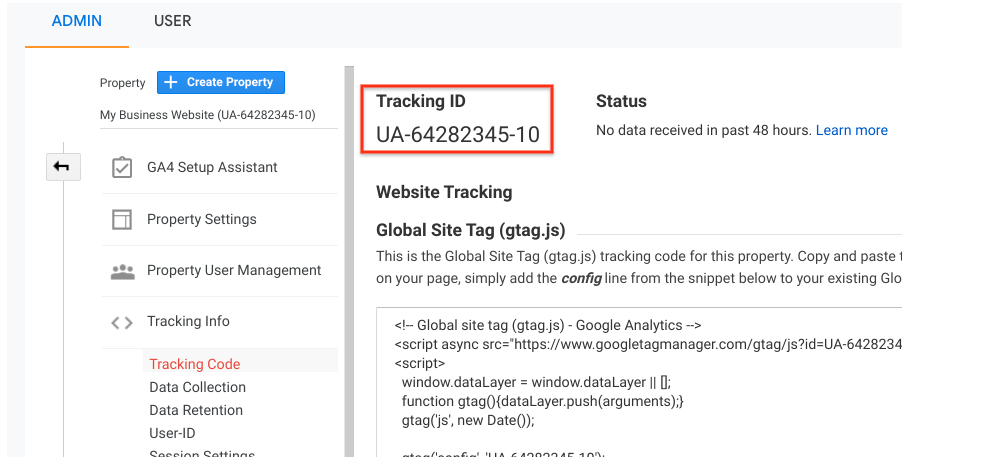Mastering the Art of Conquering Data Collection Limitations in Google Analytics for Better Decision-Making
In the world of digital analytics, the capability to extract purposeful insights from information is extremely important for notified decision-making. By using critical approaches and sophisticated methods, organizations can boost their information high quality, unlock concealed insights, and pave the means for even more effective and enlightened decisions.
Data High Quality Assessment
Data high quality analysis entails assessing numerous aspects such as accuracy, efficiency, consistency, and timeliness of the data. One key facet to take into consideration is information precision, which refers to just how well the data mirrors the real worths of the metrics being measured.
Efficiency of information is an additional important aspect in assessing data top quality. Uniformity checks are additionally essential in data high quality analysis to recognize any type of disparities or anomalies within the information collection. By prioritizing data high quality analysis in Google Analytics, companies can boost the reliability of their analytics records and make more informed choices based on exact understandings.
Advanced Monitoring Techniques
Making use of sophisticated monitoring methods in Google Analytics can dramatically boost the depth and granularity of data gathered for more thorough evaluation and understandings. One such strategy is occasion monitoring, which enables for the tracking of certain communications on an internet site, like clicks on switches, downloads of documents, or video clip sights. By implementing event tracking, services can obtain a deeper understanding of user behavior and engagement with their on-line web content.
Additionally, customized dimensions and metrics offer a way to tailor Google Analytics to specific business requirements. Custom dimensions enable the creation of brand-new information factors, such as individual functions or client sectors, while custom metrics enable the monitoring of one-of-a-kind efficiency signs, like profits per individual or ordinary order worth.
Moreover, the usage of Google Tag Manager can streamline the execution of tracking codes and tags across a site, making it easier to take care of and release innovative tracking arrangements. By using these advanced monitoring methods, companies can unlock useful understandings and enhance their on-line methods for better decision-making.
Customized Dimension Execution
To enhance the deepness of data gathered in Google Analytics beyond advanced tracking techniques like occasion monitoring, companies can implement personalized dimensions for more customized insights. Personalized dimensions permit services to define and collect specific data factors that pertain to their distinct objectives and objectives (What Data Does Google Analytics Prohibit Collecting?). By appointing custom-made dimensions to different aspects on an internet site, such as user interactions, demographics, or session information, companies can acquire an extra granular understanding of just how individuals engage with their on-line residential or commercial properties

Acknowledgment Modeling Approaches
By using the best attribution model, companies can accurately associate conversions to the ideal touchpoints along the client journey. One usual acknowledgment version is the Last Communication version, which offers credit report for a conversion to the last touchpoint an individual engaged with before converting.

Data Testing Avoidance
When handling big volumes of data in Google Analytics, conquering data tasting is necessary to make sure precise insights are derived for informed decision-making. Information tasting happens when Google Analytics estimates patterns in data instead than assessing the total dataset, potentially resulting in skewed outcomes. To prevent data sampling, one reliable method is this contact form to reduce the date array being examined. By focusing on shorter period, the probability of experiencing tested information declines, offering a more specific representation of user actions. Furthermore, utilizing Google Analytics 360, the costs version of the system, can assist reduce tasting as it permits higher information thresholds before tasting kicks in. Applying filters to narrow down the information being evaluated can additionally help in avoiding tasting issues. By taking these aggressive steps to decrease data tasting, companies can remove a lot more accurate understandings from Google Analytics, leading to far better decision-making and improved general efficiency.
Conclusion
In final thought, grasping the art of getting rid of information collection restrictions in Google Analytics is important for making informed choices. By performing a comprehensive information top quality assessment, executing sophisticated monitoring strategies, utilizing customized measurements, using acknowledgment modeling strategies, and avoiding data sampling, organizations can make certain that they have trustworthy and exact information to base their choices on. This will inevitably lead to more effective techniques and much better results for the organization.
